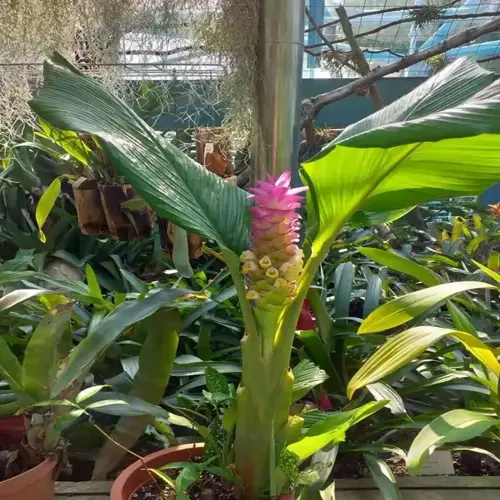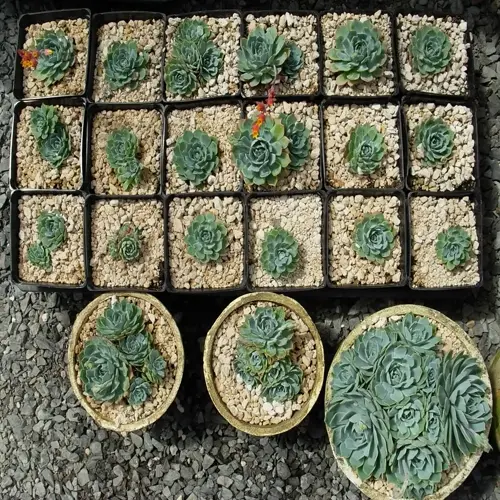What month is best to repot plants?

Written by
Michael Sullivan
Reviewed by
Prof. Charles Hartman, Ph.D.Aligning repotting actions with natural growth cycles allows for optimum recovery time and reduces stress on plants. Early spring typically provides the best conditions for plants emerging from dormancy in preparation for growth. I conduct all major repotting during this seasonal window after decades of gardening. You are tapping into nature's rhythms to create a smoother transition, along with better overall root growth.
Temperate Houseplants
- Late winter to early spring before new growth
- Allows full growing season for root establishment
- Pothos, snake plants, spider plants thrive with this timing
Tropical Species
- Warm humid months during active growth phase
- Aligns with monsoon seasons in native habitats
- Monsteras, philodendrons, and anthuriums prefer this schedule
Seasonal Bloomers
- After flowering completes before dormancy
- Prevents bud drop and flowering disruption
- Azaleas, gardenias, and holiday cacti require this timing
Outdoor Container Plants
- Early spring after frost risk passes
- Allows establishment before summer heat
- Citrus, hydrangeas, and roses benefit most
Avoid critical timing errors that cause stress during plant build. Don't repot during mid-summer heat when evaporation is causing stress to your roots. Winter dormancy interrupts recovery, characterized by lowered metabolic activity. I lost a jade plant that I repotted in December, despite keeping it in ideal conditions. You avoid pitfalls by respecting the natural seasonal rhythms of your body.
New plants require special consideration. Regardless of season, allow 6-8 weeks acclimation before repotting them. I was surprised my fiddle leaf fig adjusted better through the spring wait. You reduce shock by acclimating them to light and humidity levels first. In short, this patience prevents multiple environmental stresses.
Be aware of emergency exceptions to seasonal rules. Address root-bound grief right away, even during off-season times. I repotted a Monstera in a cracked container in November, providing meticulous aftercare. You prioritize life-or-death scenarios over seasonality. Grow lights and humidity domes can also assist with off-season recovery.
Read the full article: How to Repot Plants: 10 Essential Steps

